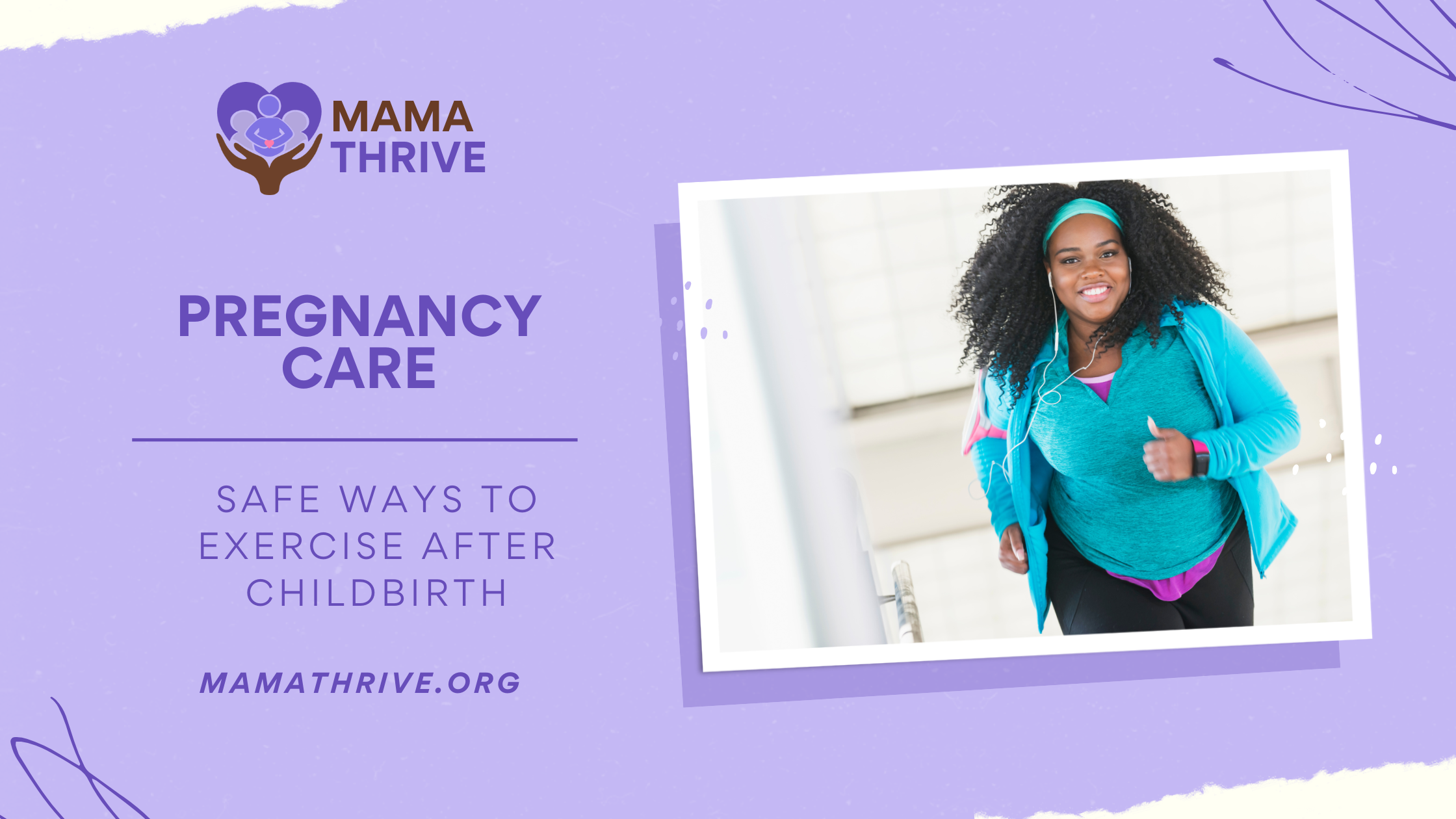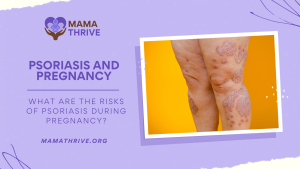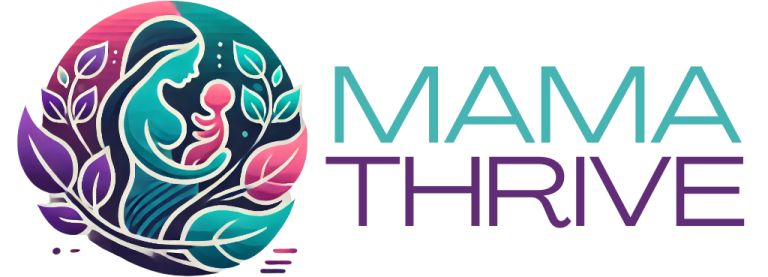Returning to exercise after childbirth can feel daunting. Many new mothers struggle with the physical and emotional changes that follow delivery, making it challenging to reintroduce a fitness routine. However, exercise plays a crucial role in enhancing physical recovery, boosting mood, and improving overall health. Here are safe ways to exercise and how to effectively ease back into it following the arrival of your baby.
Is It Safe to Exercise After Childbirth?
Yes, it is generally safe to exercise after childbirth, as long as the activities are approached with caution and adapted to the new mother’s postpartum condition. The American College of Obstetricians and Gynecologists (ACOG) suggests that if a woman had a healthy pregnancy and a normal vaginal delivery, she could start light exercises as soon as she feels ready, sometimes within a few days after birth. However, those who have had a cesarean section or other complications should wait until cleared by their healthcare provider before beginning or resuming physical activity.
The difficulty of exercising after childbirth varies widely among individuals. Initially, it may be challenging due to physical changes, fatigue, and the demands of a newborn. The key is to start slowly with low-impact activities like walking or gentle stretching. Over time, intensity and duration can be increased as comfort and fitness improve. It’s important for new mothers to listen to their bodies and adjust their exercise routines in response to any discomfort or signs of strain, such as increased bleeding or significant pain. This mindful approach helps ensure that exercise remains beneficial and does not interfere with postpartum recovery.
Safe Ways to Exercise After Childbirth
After childbirth, it’s important to choose safe exercises that promote healing and gradually rebuild strength. Here are some recommended safe postpartum exercises:
- Walking: Start with gentle walks, which are low-impact and help improve cardiovascular health without straining the body too much.
- Pelvic Tilts: These help strengthen abdominal muscles and support the spine, which can be especially beneficial after childbirth. Lie on your back with your knees bent and gently rock your pelvis towards your ribs, then back.
- Kegel Exercises: Kegels strengthen the pelvic floor muscles, which are crucial after childbirth to help recover from stretching and tearing during delivery. Tighten the muscles you would use to stop urinating, hold for several seconds, and release.
- Postnatal Yoga: Specific yoga poses can be very beneficial, focusing on strength and flexibility without being too strenuous. Poses like the bridge, cat-cow, and modified child’s pose are great starters.
- Light Strength Training: Using light weights or bodyweight exercises like squats or lunges can help rebuild muscle tone and strength gradually. Ensure proper form and low intensity to start.
- Swimming or Water Aerobics: Once the postpartum bleeding has stopped, water exercises can be a wonderful way to get active. The water supports your body weight, easing the strain on your joints and muscles while providing resistance for a good workout.
Always consult with a healthcare provider before starting any new exercise regimen after childbirth, especially if you had complications during delivery or a cesarean section. They can provide personalized guidance based on your health and recovery status.
Learn about water safety exercises for pregnant moms.
Essentials of Postpartum Fitness
- Timing and Approval: Begin with gentle activities as soon as you feel up to it after a normal vaginal delivery, typically a few days postpartum. However, if you had a cesarean section or experienced complications, it’s essential to get clearance from your healthcare provider before starting any exercise.
- Start Slowly: Introduce low-impact exercises gradually to avoid overstraining your body. Initial activities can include walking, pelvic floor exercises, and gentle stretching. Protect against injury by avoiding high-impact and strenuous activities initially, especially as the hormone relaxin can linger in the body for several months post-delivery, increasing injury risks.
- Core and Pelvic Floor Strengthening: Focus on rebuilding strength in your abdominal and pelvic floor muscles, which are crucial for overall stability and can help prevent issues like incontinence and pelvic organ prolapse. Recommended exercises include pelvic tilts, Kegel exercises, and other postpartum-friendly abdominal workouts.
- Listen to Your Body: Monitoring your body’s response to exercise is vital. Look for signs such as increased bleeding or pain, which indicate that you may be pushing too hard. Adjust your exercise routine based on how you feel and consult your healthcare provider if you experience any discomfort or unusual symptoms.
- Breastfeeding Considerations: If you are breastfeeding, make sure to stay hydrated and wear a supportive bra. Although moderate exercise does not typically affect milk supply or quality, comfort and hydration are key to maintaining a healthy routine.
- Incorporating Exercise into Daily Life: As you progress, incorporate more structured exercise like yoga, pilates, light weight training, and eventually more intensive aerobic activities. Aim for at least 150 minutes of moderate-intensity aerobic activity weekly, with strength training on two days.
Source: Houston Methodist Leading Medicine
The Benefits of Exercise for New Moms
Engaging in postpartum exercise offers numerous physical and psychological benefits that can significantly enhance the well-being of new mothers:
- Physical Recovery: Regular moderate-intensity exercise such as brisk walking or water aerobics during and after pregnancy helps maintain heart and lung health, and aids in recovering the muscle strength lost during pregnancy. Activities like yoga and gentle stretching can also improve flexibility and muscle function.
- Mental Health Boost: Exercise is highly effective in reducing symptoms of postpartum depression. The immediate mood enhancement that physical activity provides can be a crucial support for new mothers dealing with emotional fluctuations after childbirth.
- Weight Management: Postpartum exercise, combined with healthy eating, can significantly assist in weight loss after delivery. Physical activity helps manage and prevent excessive weight gain, which is common during pregnancy.
- Chronic Disease Prevention: Staying active can reduce the risk of chronic conditions such as gestational diabetes during pregnancy and improve overall long-term health.
- Increased Energy Levels: Regular physical activity increases stamina and energy, which is beneficial for coping with the demands of motherhood.
- Social Interaction: Group exercises or joining a postpartum exercise class can provide social support and reduce feelings of isolation, which is important for mental health during the postpartum period.
Source: CDC Public Health Media Library
By understanding these benefits and gradually incorporating exercise into daily routines, new mothers can significantly enhance their recovery and overall health postpartum.
Conclusion: Embracing a Healthy Transition
Exercise after childbirth isn’t just about getting back in shape—it’s also about caring for your physical and mental health during a transformative period. By taking a measured, informed approach, you can safely reintroduce physical activity, enhancing your recovery and overall well-being postpartum.






